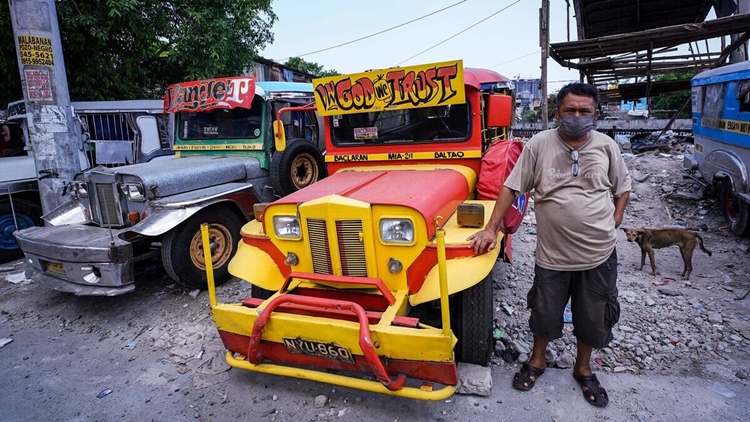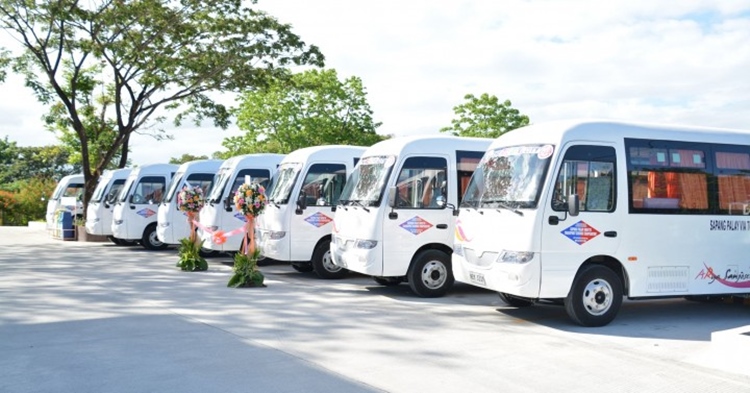The Impact of Jeepney Modernization
JEEPNEY MODERNIZATION – The jeepney phaseout in the Philippines has become a contentious issue, with strong arguments arising against its implementation, particularly due to its perceived adverse impact on the lower-income population.
These iconic vehicles not only serve as a crucial mode of transportation but also represent a way of life for many drivers and operators, often stemming from lower-income backgrounds. The imminent phaseout presents a significant threat to their livelihoods, introducing financial challenges in transitioning to the more expensive modernized models that adhere to strict emission standards.
One of the primary concerns is the economic burden placed on drivers, as the cost of the new jeepney models proves to be a substantial challenge. This added financial strain exacerbates the struggles of drivers already facing economic difficulties, potentially pushing them into deeper debt and financial instability. Beyond the economic implications, the jeepney, with its unique blend of art and utility, holds cultural significance in the Philippines. Critics argue that replacing traditional jeepneys with standardized models not only results in the loss of a practical mode of transportation but also erodes a part of the country’s cultural identity.

The repercussions extend to commuters, particularly those in lower-income brackets, who heavily rely on jeepneys for their daily transportation needs. The reduction in the availability of these iconic vehicles leaves commuters with fewer affordable options, exacerbating the challenges faced by individuals with limited financial means.
Furthermore, the lack of sufficient consultation with jeepney drivers and operators during the decision-making process has fueled discontent. The absence of a meaningful dialogue and understanding of the industry’s challenges contributes to the perception that the phaseout neglects the needs and perspectives of those directly affected. Additionally, concerns are raised about the accessibility of the replacement models for lower-income individuals, potentially leading to increased transportation costs for commuters who depend on affordability.

While the government’s intention behind the jeepney modernization program is to enhance public transportation safety, reduce emissions, and establish a more efficient transport system, the challenge lies in finding a balance that addresses modernization goals without overlooking the welfare of those most impacted by these changes.
Disclaimer: The opinions expressed in the above article belong solely to the author and do not reflect the views of the entire media organization. Additionally, the citations included are derived from credible sources and form the foundation of the author’s perspective. The author’s intent is not to present an inaccurate portrayal of the topic or exert influence on readers but rather to articulate their viewpoint in a formal manner.
